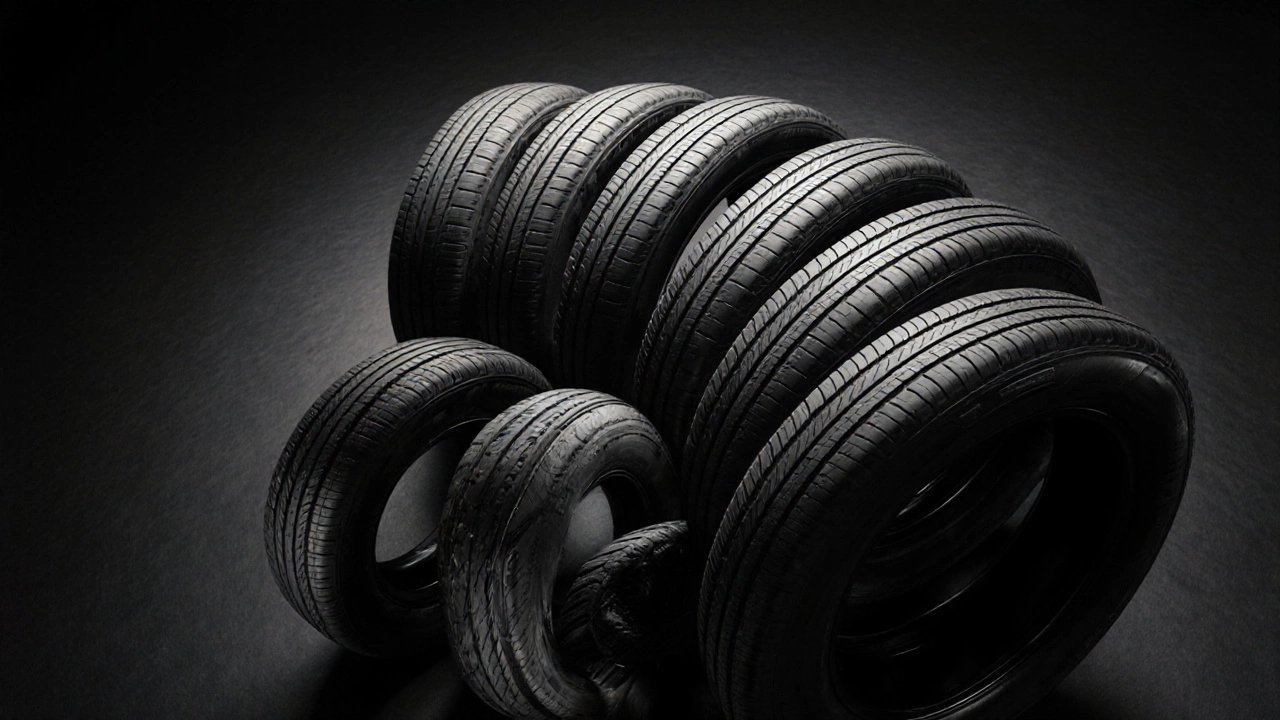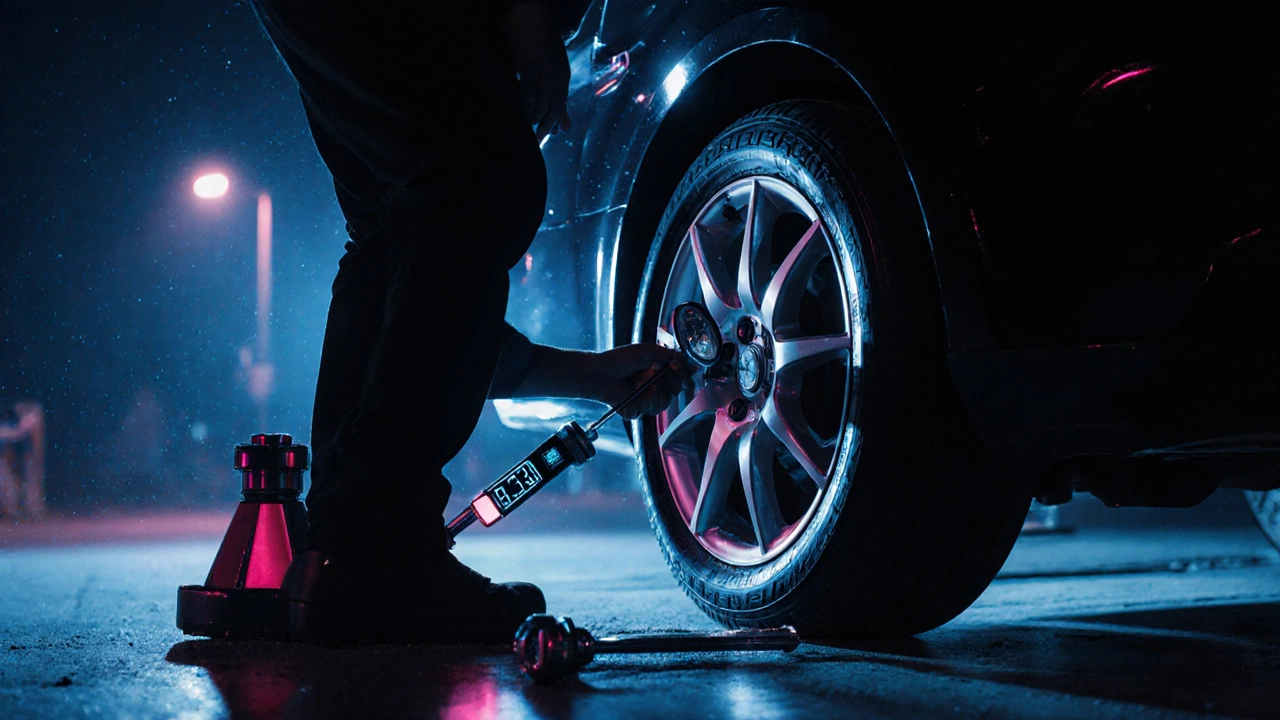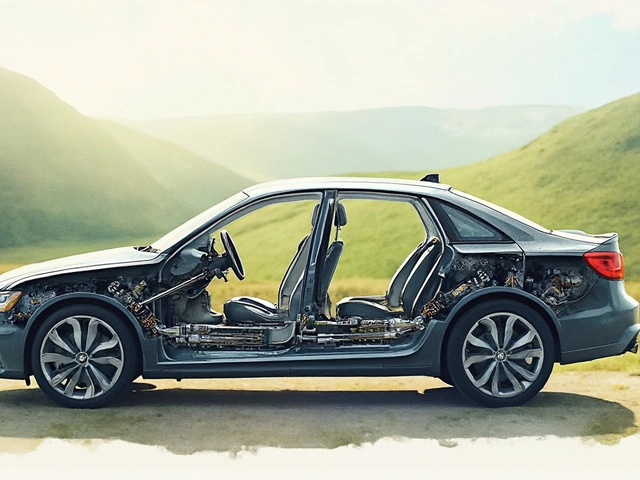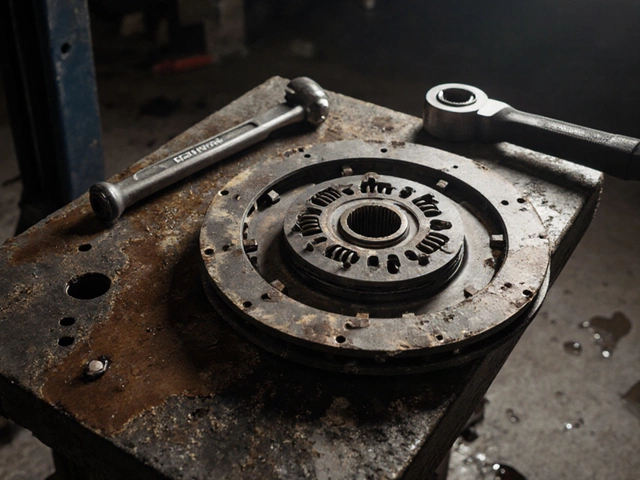Tire Selection Advisor
Find Your Perfect Tire Brand
Select your driving conditions, vehicle type, and priorities to get personalized recommendations from top tire brands.
Choosing the right set of tires feels a lot like picking shoes for a marathon - you want comfort, grip, durability, and a price tag that doesn’t break the bank. With dozens of manufacturers flooding the market, figuring out which names actually deliver matters. This guide walks you through the criteria we use, the standout brands of 2025, and how to match a tire to your driving style.
How We Rank Tire Brands
Every brand was scored on four core pillars:
- Performance: wet and dry grip, handling, and braking distance.
- Longevity: treadwear rating, real‑world mileage, and warranty length.
- Value: price per set versus the performance‑longevity combo.
- Availability: spread across independent shops, online retailers, and dealer networks in the UK and EU.
We pulled data from independent lab tests (e.g., ADAC, TT Club), consumer surveys, and manufacturer specs. Each pillar got a 0‑10 score, then we averaged them for a final rating out of 10.
Leading Brands in 2025
Michelin is a French tire maker that consistently tops performance and longevity charts. The Pilot Sport 4 SUV and Primacy 4 are the go‑to choices for drivers who want premium grip without sacrificing tread life. Michelin’s 3‑year unlimited mileage warranty sets a high bar for confidence.
Bridgestone is a Japanese tyre giant known for a balanced mix of sport and comfort. Their Turanza T005 excels in wet grip, while the Potenza RE-71R remains a track‑day favourite. Bridgestone’s price point sits in the mid‑range, making it a solid all‑rounder.
Continental is a German brand celebrated for its technology‑driven tread compounds. The ContiContact 5 offers excellent wet braking, and the SportContact 6 is praised by enthusiasts for its cornering stability. Continental’s emphasis on fuel efficiency also keeps rolling resistance low.
Goodyear is an American manufacturer that blends durability with a wide model range. Their Eagle F1 Asymmetric 6 provides sharp handling, while the Assurance TripleMax 2 focuses on long‑haul comfort. Goodyear’s extensive dealer network makes service visits hassle‑free.
Pirelli is an Italian specialist famous for high‑performance summer tyres. The P Zero Trofeo R is a favourite on the circuit, and the Cinturato P7 offers a greener option for everyday drivers without compromising grip.
Choosing the Right Tire for Your Needs
Not every driver needs a Michelin Pilot Sport 4. Here’s a quick decision flow:
- If you live in the UK and face icy winters, look for a dedicated Winter tire with the Alpine symbol (three‑peak mountain snowflake).
- For high‑speed highway cruising, prioritize low rolling resistance and a high speed rating (Y or above).
- Daily city drivers benefit from low noise and a comfortable ride; brands like Bridgestone Turanza and Goodyear Assurance fit well.
- Track enthusiasts should chase high‑performance compounds and be ready to replace tyres more often.
Key specifications to read on the sidewall:
- UTQG rating (Uniform Tire Quality Grading) - higher treadwear numbers mean longer life.
- Load index - ensure it meets or exceeds your vehicle’s gross weight.
- Speed symbol - choose a rating that matches your top speed.

Side‑by‑Side Comparison of the Top Five Brands
| Brand | Performance | Longevity | Value | Availability (UK) |
|---|---|---|---|---|
| Michelin | 9.2 | 9.5 | 8.0 | High |
| Bridgestone | 8.8 | 8.7 | 8.5 | High |
| Continental | 9.0 | 8.9 | 8.2 | Medium |
| Goodyear | 8.5 | 8.4 | 8.8 | Very High |
| Pirelli | 9.3 | 8.2 | 7.5 | Medium |
The table shows why Michelin edges out the competition on longevity, while Pirelli leads performance but costs a bit more per set.
Best Brand for Specific Scenarios
Here’s a quick match‑up:
- Best all‑season tyre for mixed UK weather: Michelin Primacy 4.
- Best value for daily commuting: Goodyear Assurance TripleMax 2.
- Best for winter conditions: Continental VikingContact 7.
- Best for performance driving: Pirelli P Zero Trofeo R.
- Best for long‑haul touring: Bridgestone Turanza T005.

Common Pitfalls and How to Avoid Them
Even the best tyre can underperform if fitted or maintained incorrectly. Keep these tips in mind:
- Don’t mix tyre models on the same axle - it can disrupt handling balance.
- Check pressure weekly; under‑inflated tyres wear the edges faster and increase fuel consumption.
- Rotate the set every 5,000‑6,000 miles to even out tread wear.
- Replace tyres before the 6‑year mark even if tread looks okay - rubber hardens over time.
Quick Checklist Before Buying
- Identify your vehicle’s recommended size (e.g., 205/55R16).
- Decide on the primary use: city, highway, winter, or performance.
- Compare UTQG treadwear numbers; aim for 300+ for everyday use.
- Read recent consumer reviews on UK forums like PistonHeads.
- Get price quotes from at least three retailers - online, local garage, and chain stores.
Frequently Asked Questions
How often should I replace my tyres?
Most experts recommend replacement every 6 years, regardless of tread depth, because rubber degrades. If tread depth falls below 3 mm or you notice cracking, replace sooner.
Are premium brands worth the extra cost?
Premium brands usually deliver higher grip, longer tread life, and better fuel efficiency. Over the life of the tyre, the cost gap narrows, especially on high‑mileage vehicles.
What does the Alpine symbol on a tyre mean?
It marks a tyre that meets the stricter winter performance standards set by the EU. Look for it on dedicated winter tyres for better snow and ice traction.
Can I install summer tyres in the UK winter?
Legally you can, but performance suffers dramatically on ice or snow. Insurance companies may also raise premiums if you’re involved in an accident on inappropriate tyres.
What’s the difference between "All‑Season" and "All‑Weather" tyres?
All‑Season tyres are tuned for mild climates; they lack the Alpine symbol. All‑Weather tyres meet winter standards, carry the Alpine symbol, and work year‑round in moderate snow regions.






